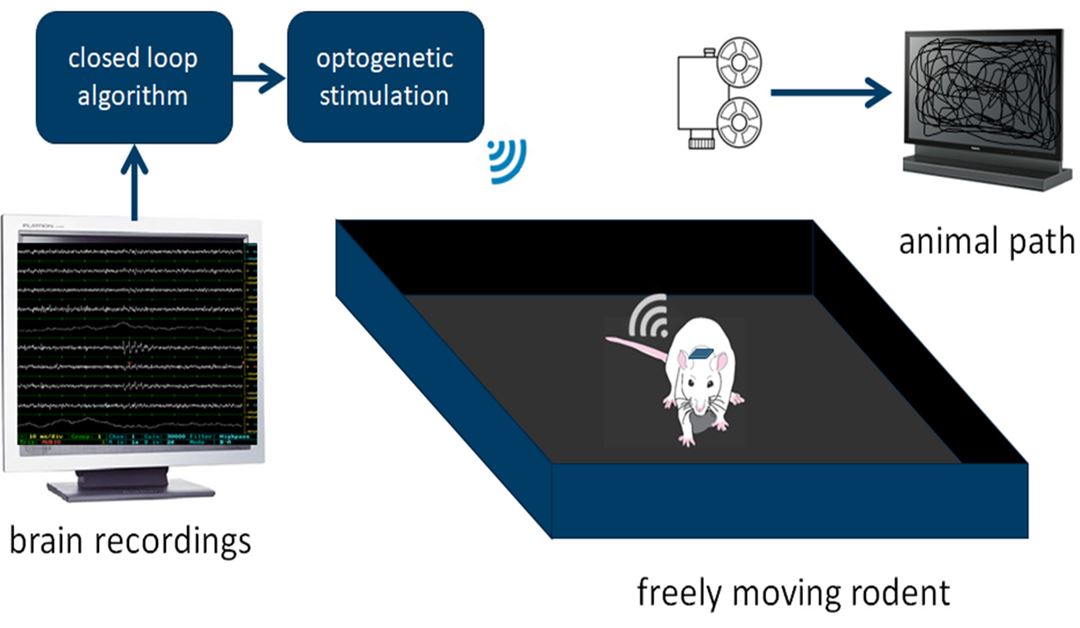Inductive power link for a next-generation wireless neural implant
Contact persons

Project description
Understanding neurodegenerative diseases requires long-term neural recordings in freely moving subjects. This project aims to enable continuous, high-resolution monitoring of brain activity during natural sleep, with potential to reveal biomarkers of cognitive decline in disorders like Alzheimer’s and Parkinson’s.
This master’s project tackles the final obstacle in a miniature wireless brain-recording system for rodent pups: inductive wireless power. The student will design and implement an inductive wireless-power link that delivers stable energy to an implant built around an electrophysiology front end, FPGA and Bluetooth module that currently operates on wired power. Tasks include integrating a receiver coil on the implant PCB and modifying the animal cage to house the transmitter.
Research focus
Electromagnetic power transfer for bio-implants: coil design and modelling, efficiency optimisation and safe operation in a pre-clinical setting.
Expected results / learning outcome
- Working prototype of the inductive charging system with demonstrated power delivery to the implant.
- Characterisation of efficiency, thermal load and electromagnetic safety.
- Experience in PCB design, low-power electronics, power-management firmware and practical bio-lab integration.
Desired qualifications
- Background in electronics, electrical engineering or applied physics.
- Familiarity with PCB layout and embedded programming (VHDL/Verilog or C).
- Interest in biomedical applications and willingness to collaborate with neuroscience labs.

